The Wagner Act Creates Modern Labor Relations

The National Labor Relations Act of 1935, known as the Wagner Act, fundamentally transformed American society in ways that continue reverberating today. This seemingly modest piece of legislation gave workers the legal right to organize unions and bargain collectively with their employers for the first time in U.S. history. Before this law, companies could fire workers for even talking about forming unions, leaving laborers with virtually no power to negotiate wages or working conditions. The act established the National Labor Relations Board (NLRB) to enforce these new rights and investigate unfair labor practices. Within just five years of its passage, union membership surged from 3.7 million to over 10 million workers, according to Bureau of Labor Statistics data from that era.
From Factory Floors to Middle-Class Dreams
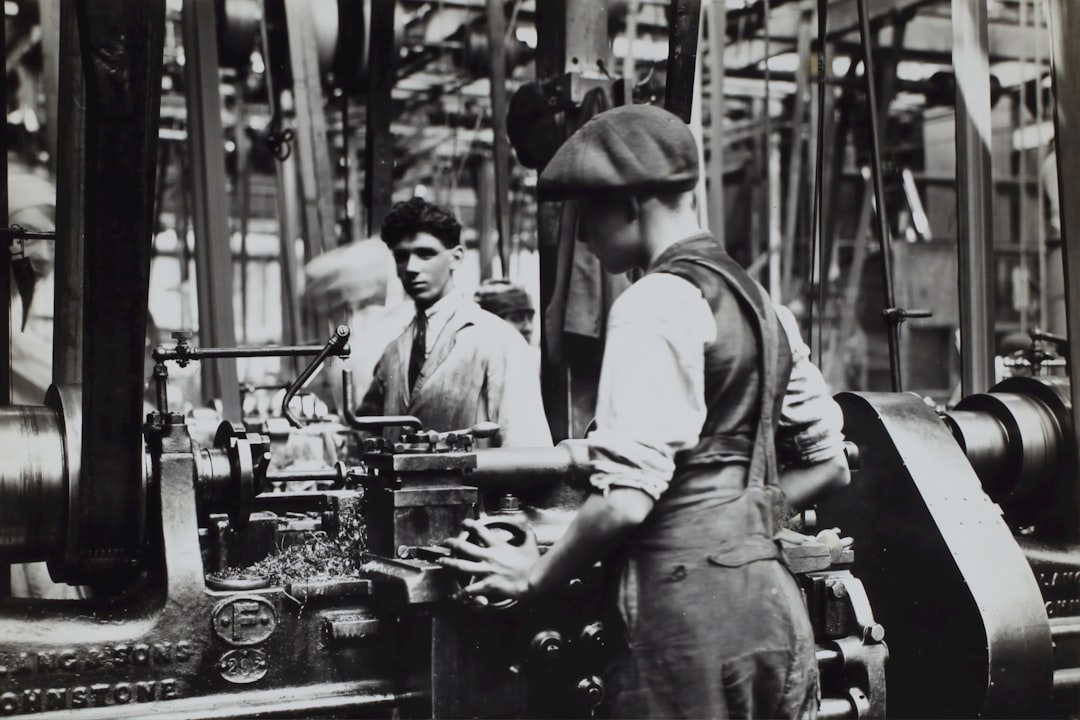
The Wagner Act didn’t just change workplace dynamics – it created America’s middle class as we know it. Union contracts negotiated under the new law’s protections secured higher wages, health benefits, and pension plans that became the foundation of middle-class prosperity. By 1955, nearly 35% of American workers belonged to unions, and their bargaining power lifted wages across entire industries, even for non-union workers. Companies had to compete for talent by offering better compensation packages, creating an upward spiral of prosperity. The typical factory worker could now afford a house, a car, and send their children to college – luxuries previously reserved for the wealthy. This economic transformation turned America from a nation of haves and have-nots into a society where working families could achieve the American Dream.
Women Enter the Workforce in Unprecedented Numbers
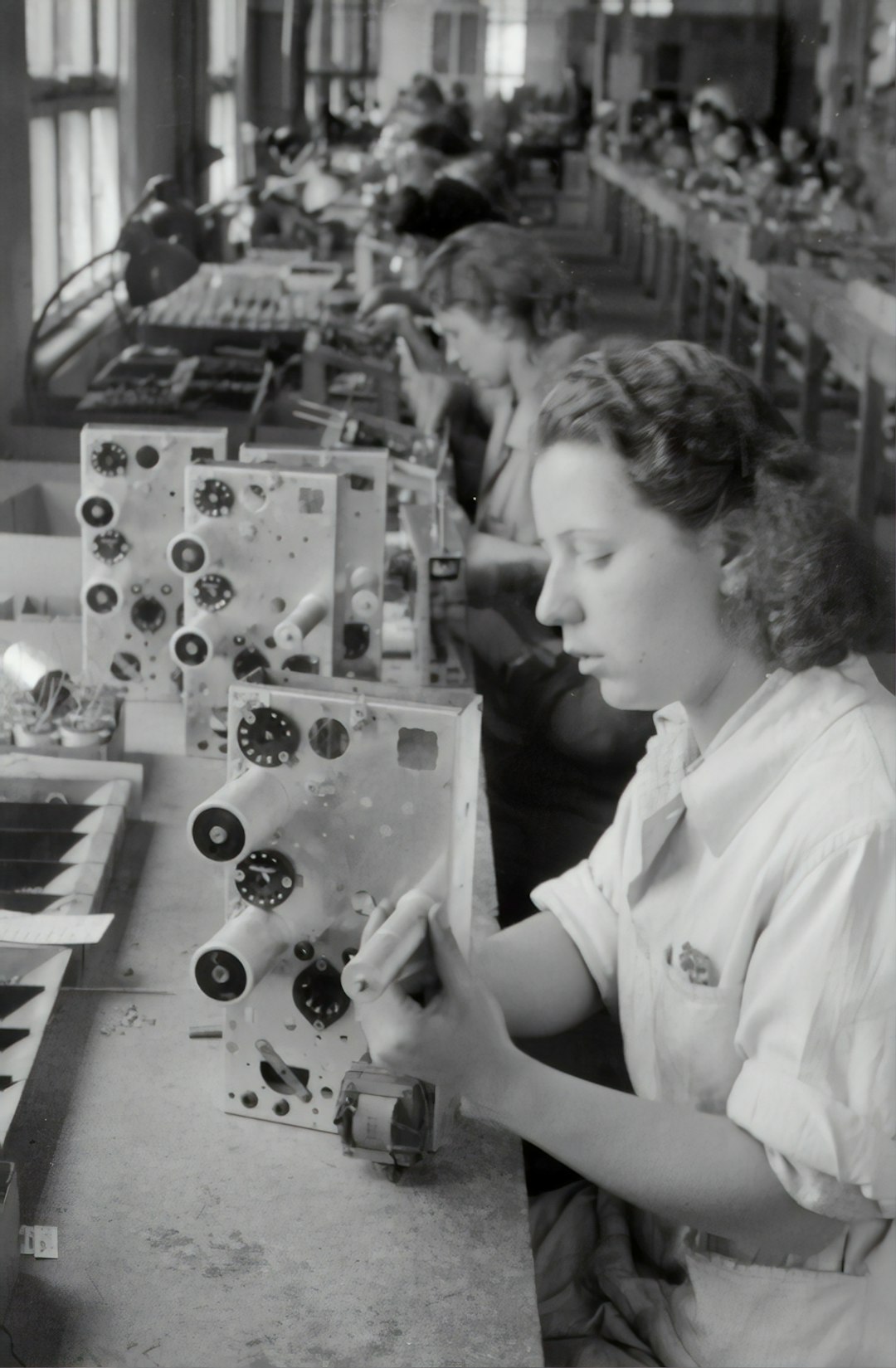
The Wagner Act’s protection of workers’ rights coincided with World War II, when millions of women entered factories and offices to support the war effort. These women found that union protections gave them leverage they’d never experienced before, though they still faced significant discrimination. The act’s provisions against employer retaliation meant women could speak up about unsafe working conditions and unequal pay without immediately losing their jobs. After the war, many women remained in the workforce, forever altering American family structures and gender roles. By 1960, 38% of women participated in the labor force compared to just 26% in 1940, according to Census Bureau historical data. This shift laid the groundwork for the feminist movement of the 1960s and 70s, as women gained economic independence and political voice through their workplace experiences.
Corporate America Adapts to New Power Dynamics
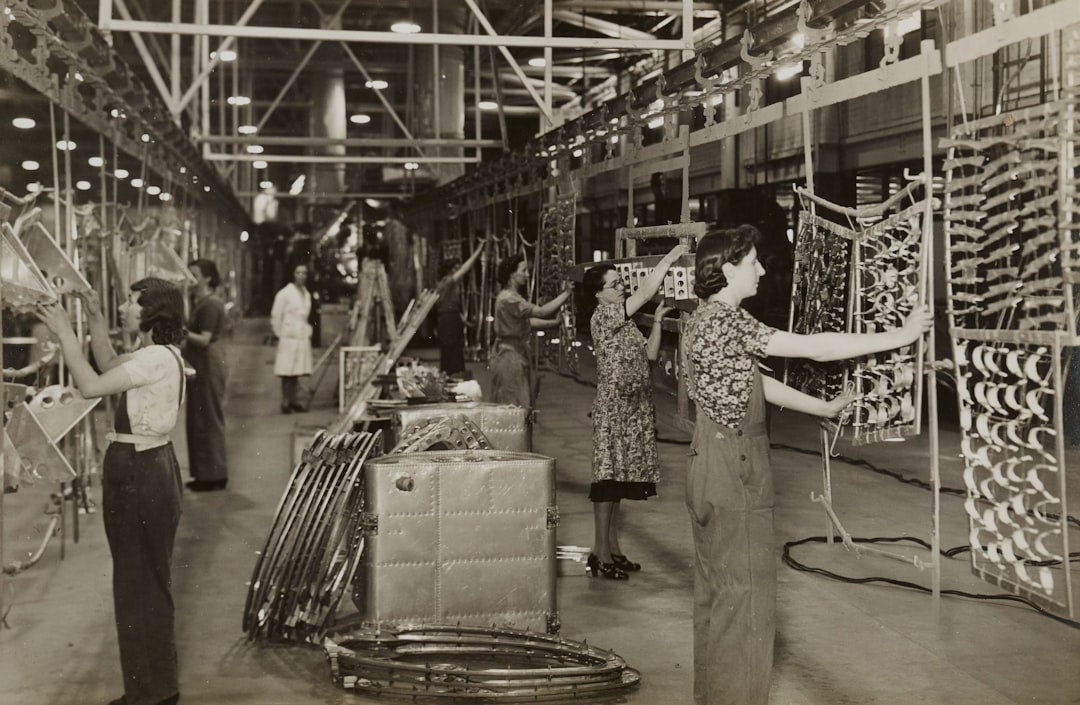
The Wagner Act forced American corporations to completely reimagine their relationship with workers, transforming business practices across the nation. Companies that had previously ruled their workforces with iron fists suddenly found themselves sitting across negotiating tables from union representatives with legal backing. Forward-thinking executives like Henry Ford II recognized that well-paid workers made better customers, leading to innovative labor agreements that included profit-sharing and comprehensive benefits. The act’s requirements for good-faith bargaining created a new profession of labor relations specialists and transformed corporate human resources departments. Some companies fought the changes through legal challenges and intimidation tactics, but those that embraced collaborative relationships often found themselves more productive and profitable. This period saw the birth of modern corporate benefits packages, including employer-sponsored health insurance that became a cornerstone of American healthcare.
The Great Strike Wave Reshapes American Politics
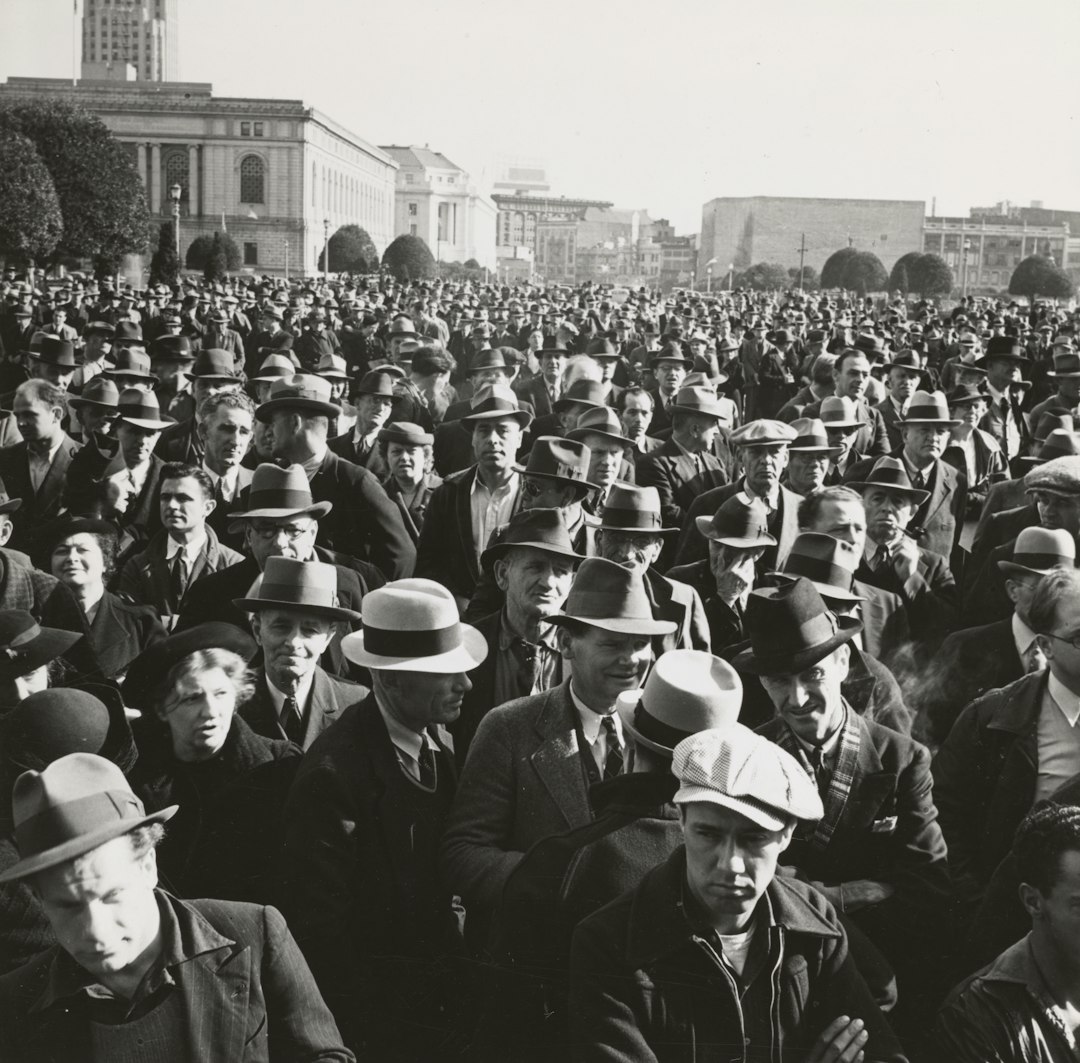
The Wagner Act’s passage unleashed a wave of labor strikes that fundamentally altered American political landscapes and power structures. Between 1935 and 1947, the number of work stoppages increased dramatically as newly empowered workers flexed their collective bargaining muscles. The 1946 strike wave alone involved 4.6 million workers across multiple industries, from steel and automobiles to telecommunications and railroads. These massive labor actions demonstrated workers’ newfound political power and forced politicians to take labor concerns seriously in ways they never had before. The strikes also revealed the interconnected nature of American industry – when steelworkers walked off the job, car production stopped, construction projects halted, and entire communities felt the economic impact. This period established labor unions as major players in American politics, capable of mobilizing voters and influencing elections at local, state, and national levels.
Regional Economic Development Accelerates
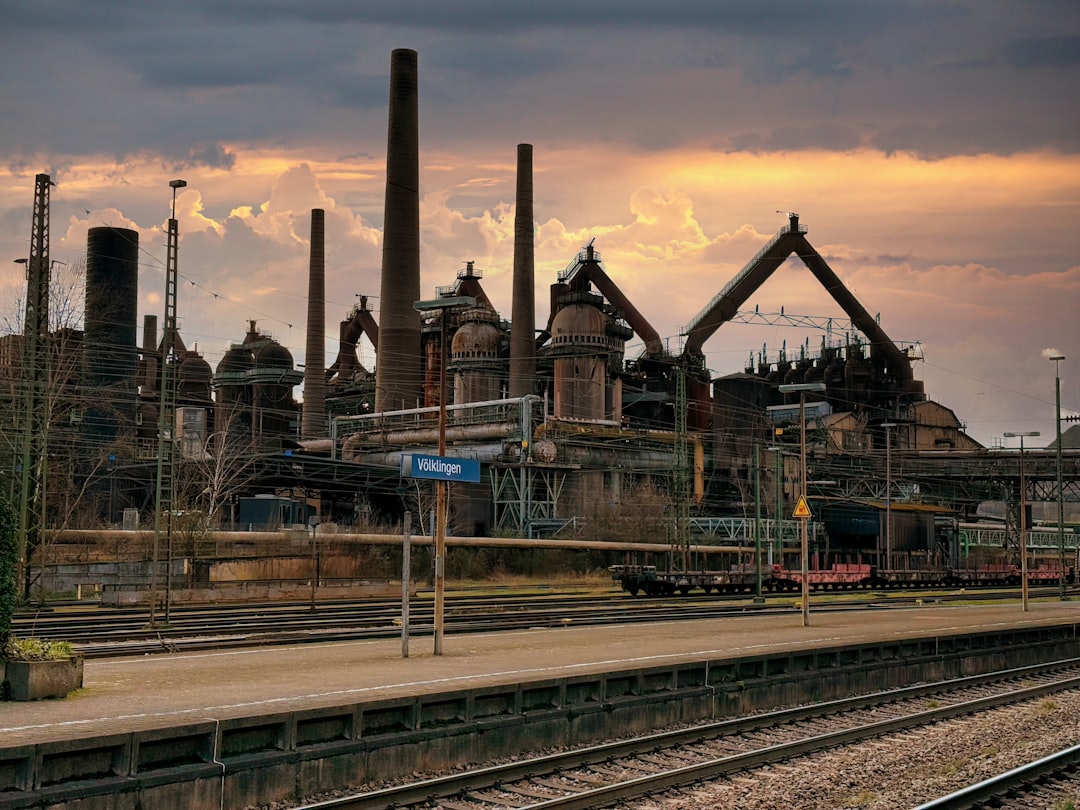
The Wagner Act sparked unprecedented regional economic development as unions spread beyond traditional industrial centers in the Northeast and Midwest. Southern states, long dependent on low-wage agriculture and textile work, began attracting manufacturing plants as companies sought new markets and workers sought better opportunities. Union organizers followed these industrial expansions, bringing collective bargaining rights to communities that had never experienced such worker protections. The act’s federal enforcement mechanisms meant that local political machines couldn’t simply ignore or suppress union activities as they had in the past. Cities like Atlanta, Birmingham, and Memphis transformed from agricultural trading posts into major industrial centers, fundamentally altering the economic geography of America. This industrial expansion created millions of new jobs and established the Sun Belt as a major economic force, setting the stage for the massive population shifts of the later 20th century.
Healthcare and Pensions Become Worker Rights

One of the Wagner Act’s most far-reaching consequences was the establishment of employer-provided healthcare and pension benefits as standard features of American employment. During World War II, wage controls prevented companies from offering higher salaries to attract workers, so they began competing through benefits packages instead. Union contracts negotiated under Wagner Act protections formalized these arrangements, making health insurance and retirement plans integral parts of worker compensation. By 1950, over 10 million Americans received health insurance through their employers, compared to virtually none in 1935. The United Mine Workers’ welfare fund, established through collective bargaining, became a model for comprehensive worker benefits that included hospitals, clinics, and retirement homes. This system created the employer-based healthcare model that defines American medicine today, fundamentally different from the government-run systems adopted by other developed nations.
Education and Training Programs Expand Dramatically
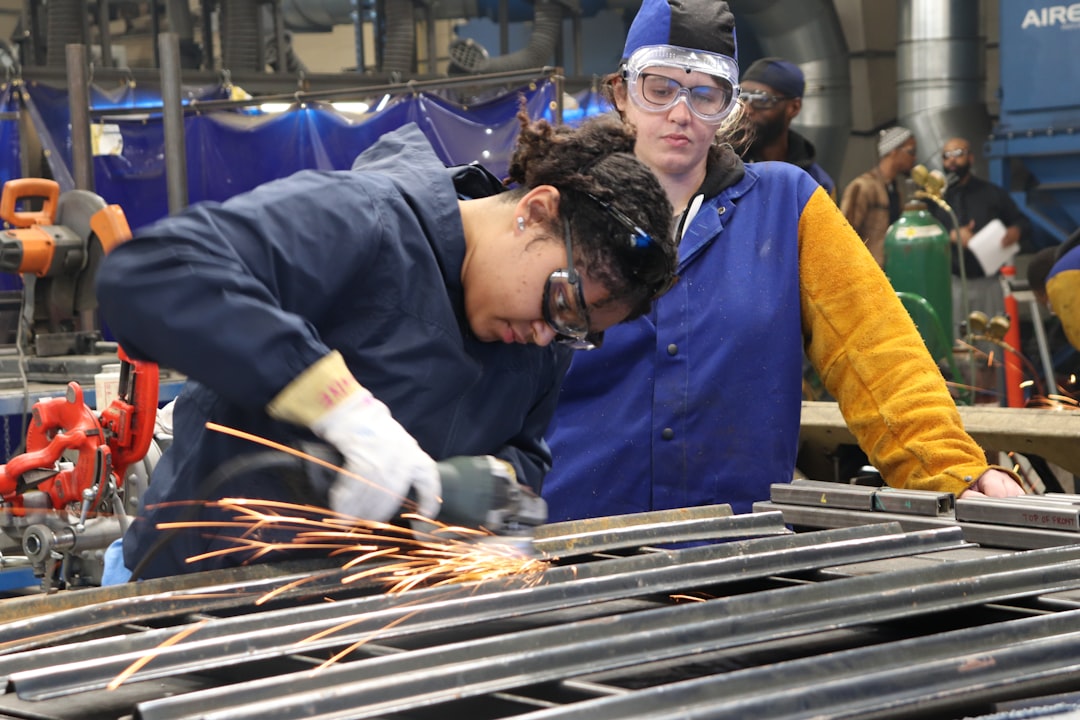
The Wagner Act indirectly revolutionized American education by creating demand for skilled workers and providing unions with resources to fund training programs. As collective bargaining agreements secured higher wages for skilled trades, more young people sought technical education and apprenticeships. Union contracts often included provisions for employer-funded training programs, creating partnerships between labor organizations and educational institutions. The International Brotherhood of Electrical Workers, for example, established comprehensive apprenticeship programs that combined classroom instruction with hands-on training, producing highly skilled electricians who commanded premium wages. These programs became models for vocational education across America, eventually influencing community college systems and technical schools. By 1970, union-sponsored training programs were graduating over 300,000 skilled workers annually, according to Department of Labor statistics.
Civil Rights Movement Gains Powerful Allies
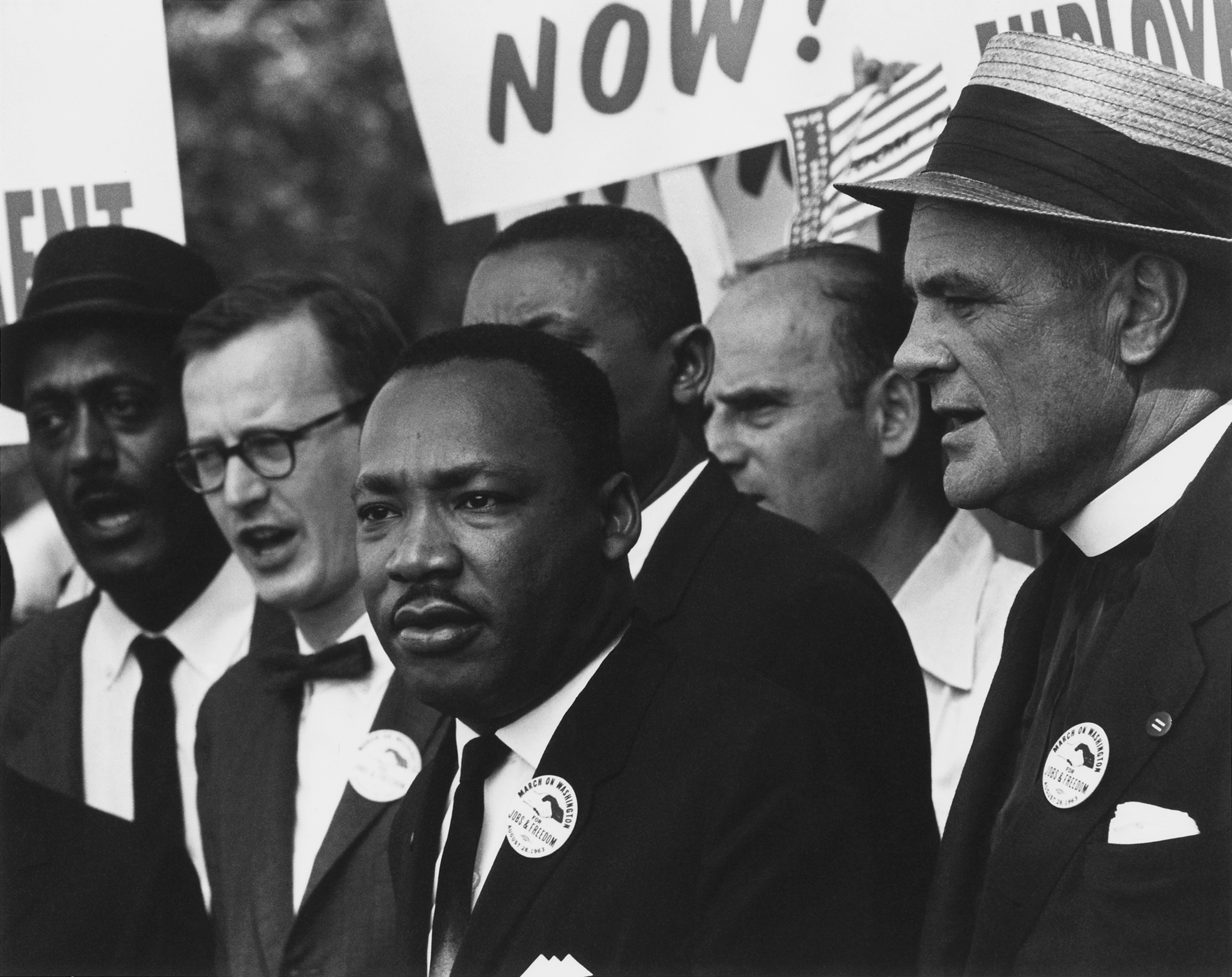
The Wagner Act’s principles of worker solidarity and collective action provided crucial organizational models and resources for the emerging civil rights movement. Many early civil rights leaders, including A. Philip Randolph of the Brotherhood of Sleeping Car Porters, came from labor backgrounds and understood how collective action could challenge entrenched power structures. Union locals became training grounds for community organizing, teaching activists how to build coalitions, negotiate with authorities, and sustain long-term campaigns. The act’s legal protections against employer retaliation gave African American workers some shield against economic intimidation when they participated in civil rights activities. However, many unions also perpetuated racial discrimination, leading to conflicts that eventually strengthened the civil rights movement’s demands for equality. The 1963 March on Washington was officially called the “March on Washington for Jobs and Freedom,” explicitly linking labor rights with civil rights in ways that traced back to Wagner Act organizing principles.
Cold War Labor Diplomacy Emerges
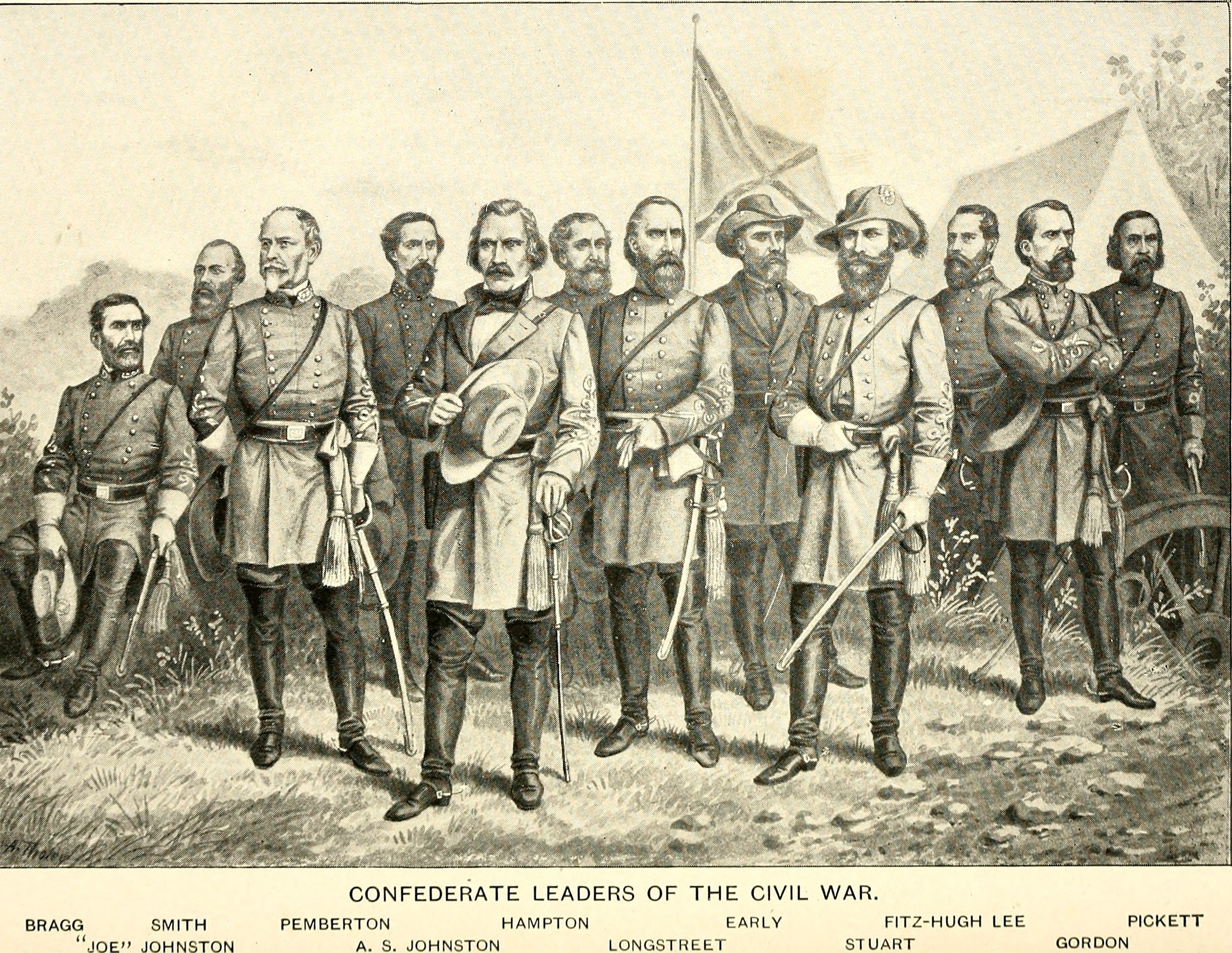
The Wagner Act unexpectedly became a tool of American foreign policy during the Cold War, as U.S. officials promoted democratic labor movements as alternatives to communist organizing. The State Department highlighted American workers’ rights to organize and bargain collectively as evidence of democratic freedoms, contrasting these protections with Soviet labor controls. American unions, flush with resources from collective bargaining successes, began supporting labor movements in Europe, Latin America, and Asia as part of broader anti-communist efforts. The AFL-CIO established international programs that trained foreign labor leaders and provided financial support for democratic unions fighting communist infiltration. This labor diplomacy became so significant that the CIA channeled funds through American unions to support anti-communist activities abroad, according to declassified documents from the National Archives. These international connections helped spread American-style collective bargaining globally while positioning organized labor as a key element of American soft power during the Cold War era.
Environmental and Safety Regulations Gain Momentum

The Wagner Act’s empowerment of workers to organize without fear of retaliation created the foundation for modern workplace safety and environmental protection movements. Union contracts increasingly included safety provisions as workers gained confidence to challenge dangerous working conditions without losing their jobs. The United Steelworkers and United Auto Workers led efforts to document workplace hazards and demand protective equipment, creating detailed safety protocols that became industry standards. These union-driven safety initiatives provided crucial evidence for federal legislation like the Occupational Safety and Health Act of 1970. Environmental protection also gained momentum as unionized workers in chemical plants, steel mills, and other heavy industries began documenting pollution and health effects in their communities. The Oil, Chemical and Atomic Workers Union became early advocates for environmental regulation, arguing that worker health and community environmental protection were inseparable issues that required collective action to address effectively.
Technology and Automation Reshape Labor Relations
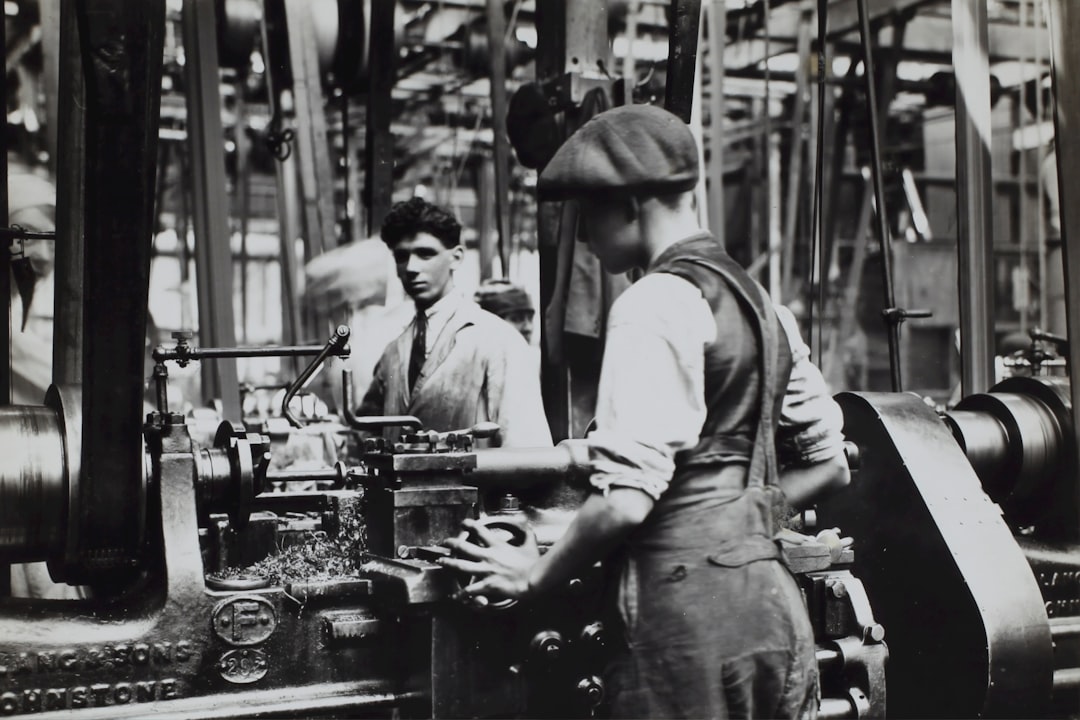
The Wagner Act’s framework for collective bargaining became crucial as American industry faced rapid technological change and automation in the post-war decades. Union contracts began including provisions for retraining displaced workers, early retirement packages, and technology impact assessments that gave workers input into automation decisions. The International Longshore and Warehouse Union negotiated groundbreaking agreements in the 1960s that shared productivity gains from containerization with workers while providing job security guarantees. These technology agreements became models for other industries facing automation, from automobile assembly to steel production. According to Labor Department data, unions negotiated over 2,000 technology adjustment agreements between 1960 and 1980, helping millions of workers adapt to changing industrial processes. The act’s requirement for good-faith bargaining meant companies couldn’t simply implement new technologies without consulting workers, creating a more collaborative approach to industrial modernization that distinguished American labor relations from other countries.
Economic Inequality Reaches Historic Lows

The Wagner Act contributed to the most dramatic reduction in economic inequality in American history, creating unprecedented prosperity for working families. Between 1935 and 1970, the period of strongest union influence, the share of national income going to the top 1% fell from 15% to just 8%, according to research by economists Thomas Piketty and Emmanuel Saez. Union wage premiums – the additional compensation union workers received compared to non-union workers – averaged 15-20% throughout this period, lifting millions of families into middle-class lifestyles. The act’s protections enabled workers to capture a larger share of productivity gains, as wages rose in tandem with economic growth rather than lagging behind. This period saw homeownership rates climb from 44% in 1940 to 63% by 1970, as union wages made mortgage payments affordable for typical working families. The broader economic effects extended beyond union members, as companies raised wages for all workers to prevent unionization, creating what economists call “union threat effects” that benefited the entire workforce.

